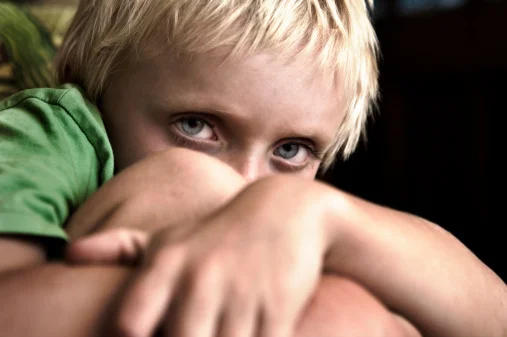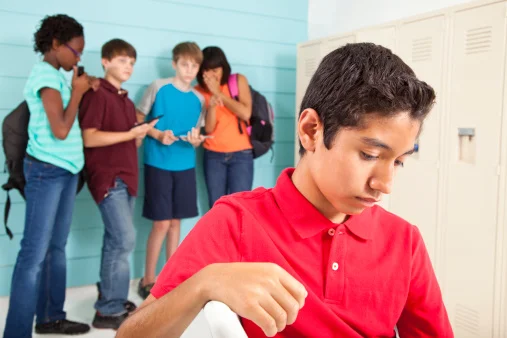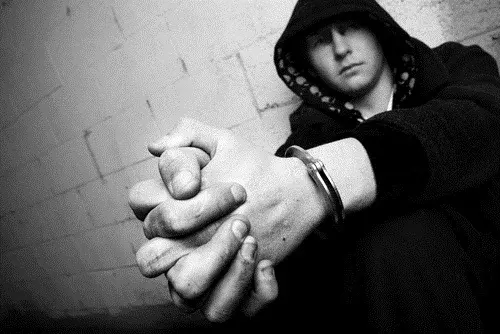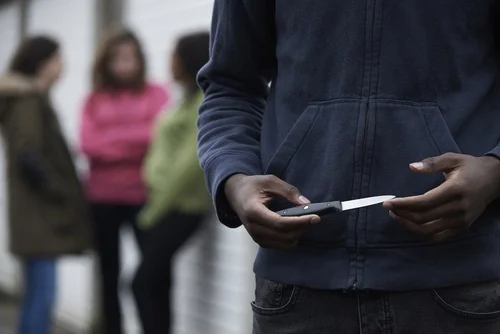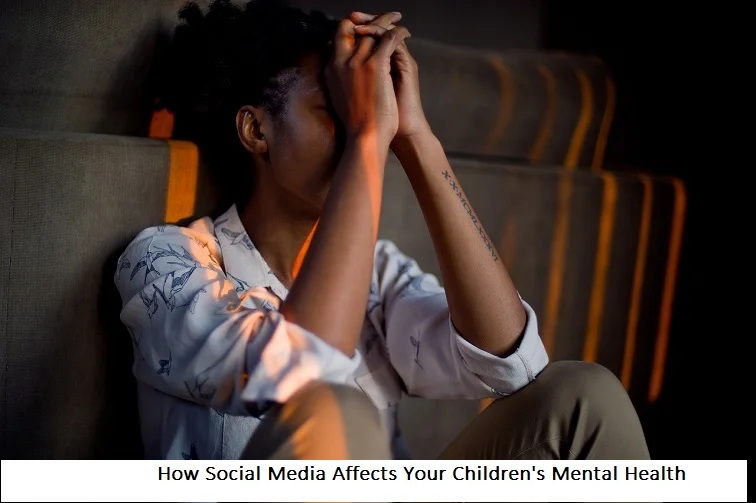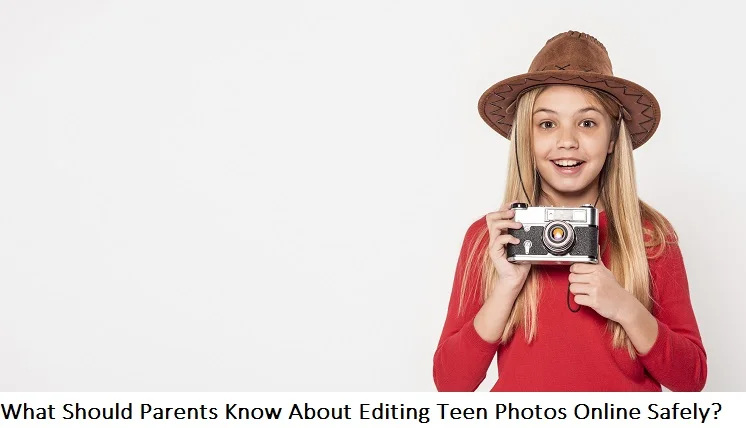+1 845 259 2974 (11 a.m to 7 p.m CST)
Raising Voices Against Racism: Preventing Bullying Among Kids
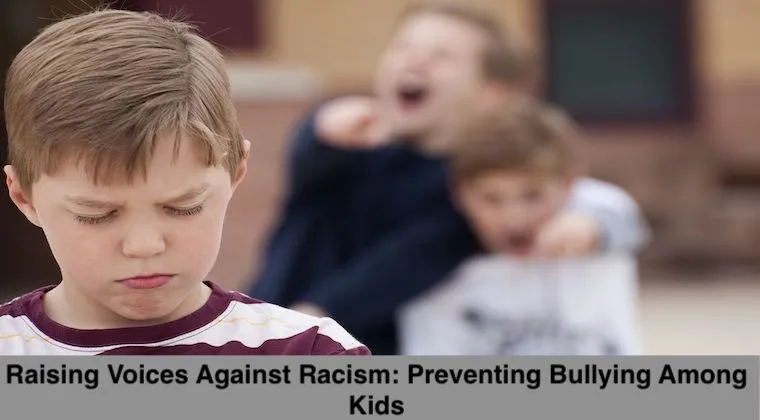
Racist bullying involves targeting someone for negative treatment based on their race or ethnicity. This behavior can manifest through hurtful comments, physical aggression, or exclusion, deeply impacting the victim's well-being. Addressing racist bullying is essential because it not only affects individual children but also fosters an environment of intolerance and discrimination.
By tackling this issue, we promote inclusivity, respect, and understanding among young individuals, which are crucial values for a harmonious society. Ignoring racist bullying allows prejudice and hate to spread, undermining the principles of equality and respect for diversity.
Causes of Racist Bullying
The causes of racist bullying are complex and multifaceted, involving individual behaviors, societal influences, and systemic issues. Here are some key factors:
- Lack of Understanding and Exposure: Children who have not been exposed to diverse cultures and backgrounds may hold misunderstandings or stereotypes about people who are different from them. This lack of exposure can lead to fear or mistrust, which may manifest as bullying.
- Influence from Adults and Media: Kids often mimic the attitudes and behaviors they see in adults around them or in the media. If they are exposed to racist attitudes or comments at home, or see such behaviors normalized in movies, TV shows, or online, they may replicate these behaviors with their peers.
- Societal and Systemic Racism: Racist bullying doesn't occur in a vacuum. It reflects broader societal and systemic issues of racism and discrimination. When children witness racial inequality or are taught historical or cultural biases, they may internalize these prejudices and act them out through bullying.
- Seeking Power or Control: Bullying of any kind, including racist bullying, is often about power and control. Children who feel powerless or insecure may bully others to feel more dominant, targeting those they perceive as different or vulnerable due to their race or ethnicity.
- Peer Influence and Social Dynamics: The desire to fit in or gain approval from peers can also play a role. If a group of kids engages in racist bullying, others may join in due to peer pressure or a desire to belong, even if they know it's wrong.
- Lack of Intervention: When racist comments or behaviors go unchecked by adults, it can embolden bullies to continue or escalate their behavior. The absence of clear consequences for racist bullying can make it seem acceptable or without serious repercussions.
Addressing these causes requires a comprehensive approach, including education on diversity and inclusion, positive role modeling by adults, media literacy, and creating environments where all children feel valued and respected.
Role of Schools
Schools have a crucial role in combating racist bullying. Firstly, they must implement strong anti-bullying policies that clearly define racist bullying and outline specific consequences for such actions. These policies should be well communicated to students, staff, and parents, ensuring everyone understands the rules and the importance of upholding a respectful environment.
Additionally, schools should actively promote diversity and inclusion education. This involves integrating curriculum that celebrates different cultures, histories, and perspectives, fostering an environment of understanding and respect. Educating students about diversity and the negative impact of racism can help dismantle prejudices and encourage a more inclusive school culture where all students feel valued and safe.
Role of Parents
Parents play a vital role in preventing racist bullying by instilling values of empathy and respect in their children. Teaching kids to understand and appreciate differences from an early age helps build a foundation of respect for all individuals, regardless of race or ethnicity. Conversations about diversity, inclusion, and the importance of treating others with kindness can reinforce these values.
Furthermore, monitoring and guiding children's media consumption is crucial. The media can significantly influence children's attitudes and behaviors. Parents should be aware of the content their children are exposed to, including TV shows, movies, and social media, and discuss the content critically, pointing out stereotypes or biased representations when they appear. Encouraging children to consume diverse and inclusive media can also provide positive role models and broaden their understanding of different cultures and communities.
Role of Monitoring Apps
Monitoring apps can play a significant role in addressing racist bullying, especially in today's digital age where much of children's social interactions occur online. These apps allow parents and guardians to oversee their children's online activities, including social media use, text messaging, and internet browsing. Here's how monitoring apps can be useful in this scenario:
- Early Detection: Monitoring apps can help parents detect signs of racist bullying early on, whether their child is a victim or perpetrator. By spotting harmful interactions quickly, parents can take immediate action to address the issue.
- Preventing Cyberbullying: Since a lot of bullying happens online, monitoring apps can alert parents to racist comments or content shared with or by their child, providing an opportunity to discuss the importance of kindness and the impact of racism.
- Guiding Online Behavior: Through monitoring, parents can guide their children on appropriate online behavior and the consequences of spreading hate or engaging in bullying. This includes teaching them about digital citizenship and the importance of respect and empathy in all interactions.
- Encouraging Open Conversations: The use of monitoring apps should be accompanied by open conversations between parents and children about online safety, privacy, and the reasons behind monitoring. This approach ensures children understand it's about their safety and well-being, not just surveillance.
- Support and Intervention: If racist bullying is detected, monitoring apps can provide evidence that helps parents and schools intervene effectively. They can support discussions with bullies, victims, and their families, and when necessary, with school authorities or counselors.
However, it's important to balance monitoring with trust and privacy. Over-reliance on monitoring apps without fostering open communication can lead to mistrust and resentment. Therefore, these tools should be used as part of a broader strategy that includes education, conversation, and building understanding and empathy.
Empowering Kids
Empowering kids to stand up against bullying is key to creating a supportive and respectful community. Encouraging children to speak out when they witness bullying helps to foster an environment where such behavior is not tolerated. Teaching them to safely intervene or to seek help from an adult can make a significant difference.
Additionally, teaching coping strategies is crucial for helping children deal with bullying. This includes techniques for managing emotions, such as deep breathing or talking about their feelings with someone they trust. Kids should also be taught how to assertively communicate their boundaries and seek support from peers or adults. Empowering children with these skills not only help them navigate difficult situations but also builds their confidence and resilience.
Tackling racist bullying requires a collective effort from schools, parents, and the wider community. By implementing strong anti-bullying policies, promoting diversity and inclusion, and empowering kids to speak out, we can create environments where all children feel safe and respected. Parents have a vital role in teaching empathy and monitoring media consumption, laying the groundwork for respectful interactions. By using the right monitoring apps, parents can see what they are going through and how to tackle such situations.



